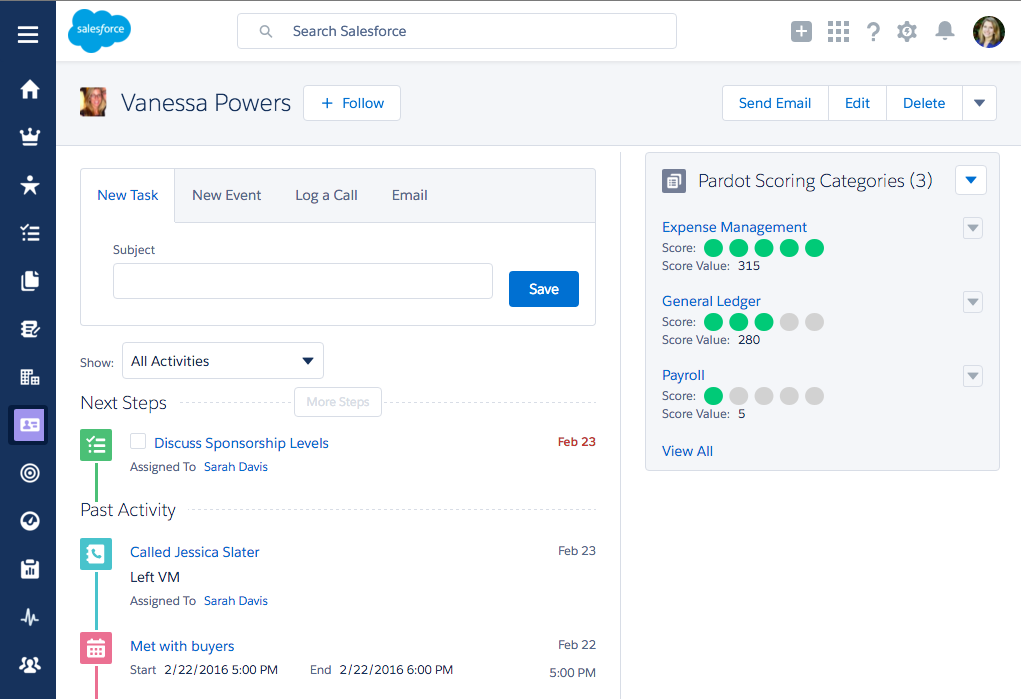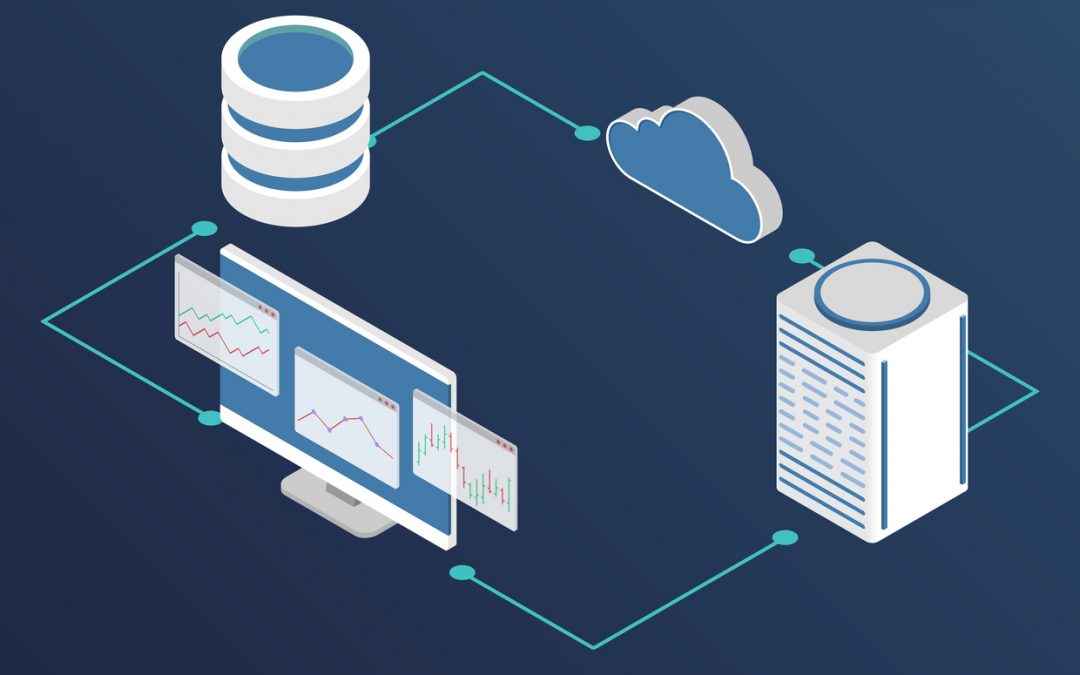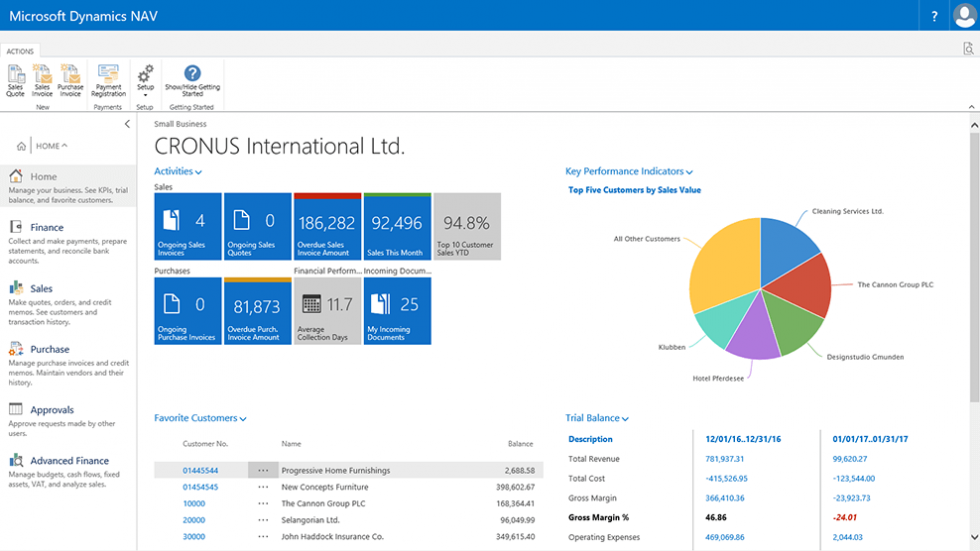

The Azure-hosted build relies on NuGet packages to compile our X++ code. We move from a self-hosted agent in the build VM to a Microsoft-hosted agent. Plus we’ve been doing everything with one agent until now and it’s been fine, right? So take this like extra capacity, we can divide the build between both agents and leave the MS hosted one for short builds to squeeze the 1800 free minutes as much as possible. We’ll still keep the build VM, so it’s difficult to tell a customer we need to pay extra money without getting rid of its cost. With a private Azure DevOps project we get 2GB of Artifacts space (we’ll see that later) and one self-hosted and one Microsoft hosted agent with 1800 free minutes:Īzure hosted build: Azure DevOps project pricing


If we want that we need to purchase extra agents. This means we can run a self-hosted and azure hosted pipeline at the same time, but we cannot run two of the same type in parallel. But it still won’t be parallel pipelines, because we only get one VM-less agent. With the capacity to run an extra Azure-hosted build we get another agent to run a pipeline and can run multiple pipelines at the same time. Once invited you should see a new LCS project called PEAP Assets, and inside its Asset Library, you’ll find the nugets in the Nuget package section. If you want to join the preview you first need to be part of the Dynamics 365 Insider Program where you can join the “Dynamics 365 for Finance and Operations Insider Community“. You can also read my full guide on MSDyn365FO & Azure DevOps ALM. But we can move CI builds to the Azure-hosted agent! What does this mean? We no longer need a VM to run the build pipelines! Nah, we still need it! If you’re running tests or synchronizing the DB as a part of your build pipeline you still need the VM. Riding the Azure Pipelines by Caza Pelusas


 0 kommentar(er)
0 kommentar(er)
